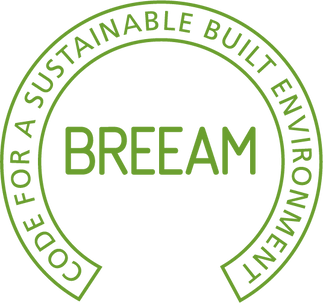Sustainability within the Built Environment
- PsarasArchitects
- Oct 26, 2021
- 2 min read
An increase in the use of the word “sustainability” is being witnessed now more than ever before in time, and the more it is being used, the more is seems to be rationalizing unsustainable development. With cities occupying only 3% of the Earth’s land, they are yet responsible for the majority of production and consumption worldwide, while they account for 60-80% of the energy consumption and at least 70% of the worlds carbon emissions. We are currently using the resources of one a half Earths, and have witnessed half of our world rainforests disappear.
According to Leah Asmelash and Brian Ries, As of July 29 2021, humanity has officially used up more ecological resources this year than the Earth can regenerate by the end of the year. This occasion is called, Earth Overshoot Day. (CNN)
Despite the awareness on the subject, the world is becoming objectively less sustainable. So the question we should all be asking is, why are we not acting effectively to achieve this desired sustainable world?
First of all, lets start with understanding sustainability and the need for change.
For something to be sustainable, a balance should be achieved between the three dimensions; economic, social and environmental. Something that can sustain oneself by aiming to minimize inputs and outputs; use fewer resources and create less waste.
For a development to be sustainable, it should meet the needs of today, without compromising the needs of future generations. Therefore, it should aim to minimize the negative impact of buildings by efficiency and moderation in the use of materials, energy, development space and the ecosystem at large, sustainability assessment tools and methods such as BREEAM, LEED and SBTool can be used.
These tools can help with decision making to improve the sustainability of each building on an individual level during the design and construction phase, either on existing or new constructions.
With the EU laws and regulations requiring to produce 20% of energy on site, the use of solar energy for the case of Cyprus should definitely be promoted as much as possible. In addition, design techniques such as orientation, shading technology and the buildings overall envelope can help reduce the overall energy needs of the building, making it more energy efficient. This is because by considering the above, the energy required for lighting, heating and cooling will be reduced as heat gains and losses change according to the materials and design used.
As architects, we are responsible to minimise the effect the built environment has on climate change as much as we can and as fast as we can! Help us make a difference!!
Leah Asmelash and Brian Ries, C. (2021). As of today, humans have used more resources than Planet Earth can regenerate in a year. CNN.









Comments